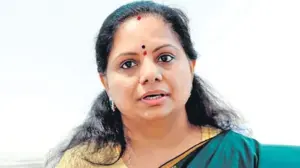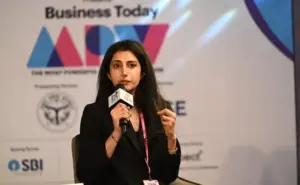
The film industry is witnessing a paradigm shift as high-budget productions increasingly opt for direct-to-OTT releases. This trend, spurred by the underwhelming box office performance of several sequels, has ignited debates about the future of cinema.
Recent examples like Pedda Kapu 1 and the disappointing reception of Indian 2 have underscored the challenges faced by big-budget films. Despite the success of some, the overall trend has been marked by financial losses and critical backlash. This has led to growing speculation about the future of upcoming projects, such as Shankar and Kamal Haasan’s Indian 3.
Given the negative sentiment surrounding Indian 2, there is a strong possibility that Indian 3 may bypass the theatrical route and premiere directly on an OTT platform. This move, while unconventional for a film of such scale, could be a strategic decision to mitigate financial risks and capitalize on the growing popularity of digital streaming services.
While the prospect of a Rs 100 crore production being relegated to OTT raises concerns for the future of cinema, it reflects the industry’s adaptation to changing audience preferences and the consequences of poorly received sequels. While this shift may save filmmakers from further financial losses, it also highlights the challenges faced by big-budget productions in today’s rapidly evolving landscape.
As the film industry continues to navigate these uncertainties, the decision to release high-budget films directly on OTT platforms will undoubtedly shape the future of cinema and the way audiences consume content.
Recent Random Post:
















